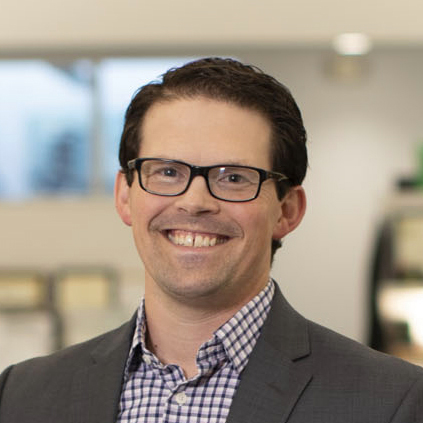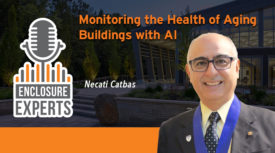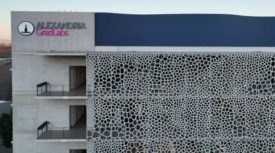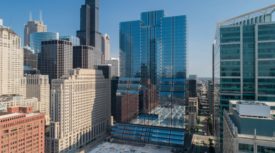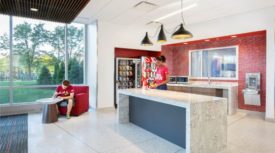Home » Keywords: » healthy buildings
Items Tagged with 'healthy buildings'
ARTICLES
The demand for sustainable building materials has grown significantly, driven by energy efficiency, and the need for healthier living spaces
Read More
How Spray Foam Insulation Can Contribute to a Healthier, More Efficient Building Envelope
Spray foam insulation can help contribute to a more resilient and healthier building envelope in a variety of ways
March 5, 2025
Enhance your expertise with unparalleled insights.
Join thousands of building professionals today. Shouldn’t you know what they know?
SUBSCRIBE TODAY!Copyright ©2025. All Rights Reserved BNP Media.
Design, CMS, Hosting & Web Development :: ePublishing
.png?height=168&t=1744809118&width=275)
.png?height=168&t=1741113237&width=275)



